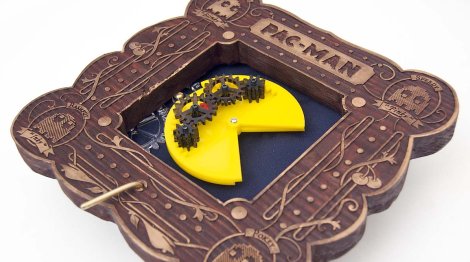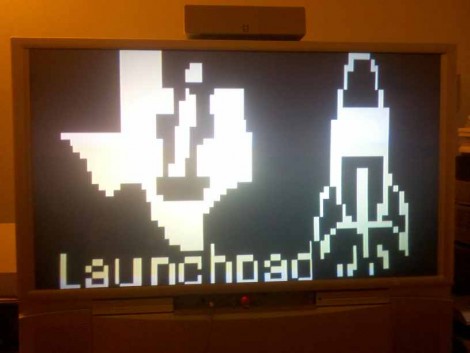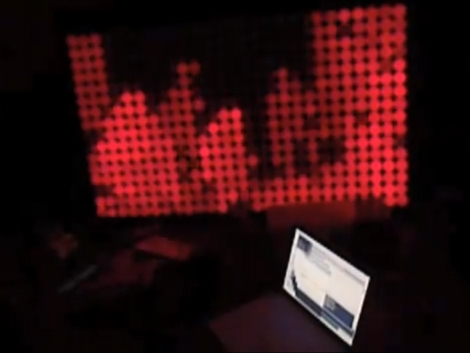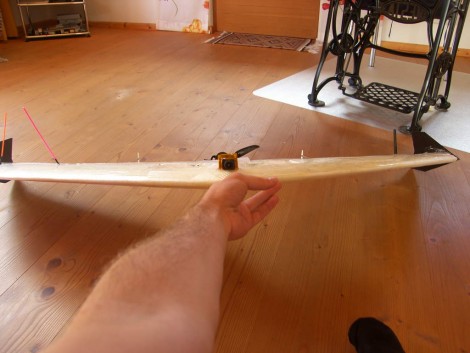
As a proof of concept for his long term work in progress “The Pac-Machina” (an electro-mechanical reimagining of a Pac-Man cabinet), [Jonathan] needed some way to make a mechanical Pac-Man, flappy jaw and all. After working through a couple different design possibilities, he decided on an interesting setup which includes using a cog with only half its teeth to make the mouth open and close. Unfortunately, NAMCO BANDAI has asked him nicely not to sell these as kits, but he has helpfully included just about all that is required to make one of these from scratch. [Jonathan] even cut and laser etched his own faux-Victorian frame to keep his proof of concept Pac-Man ready until needed for the main project.
















